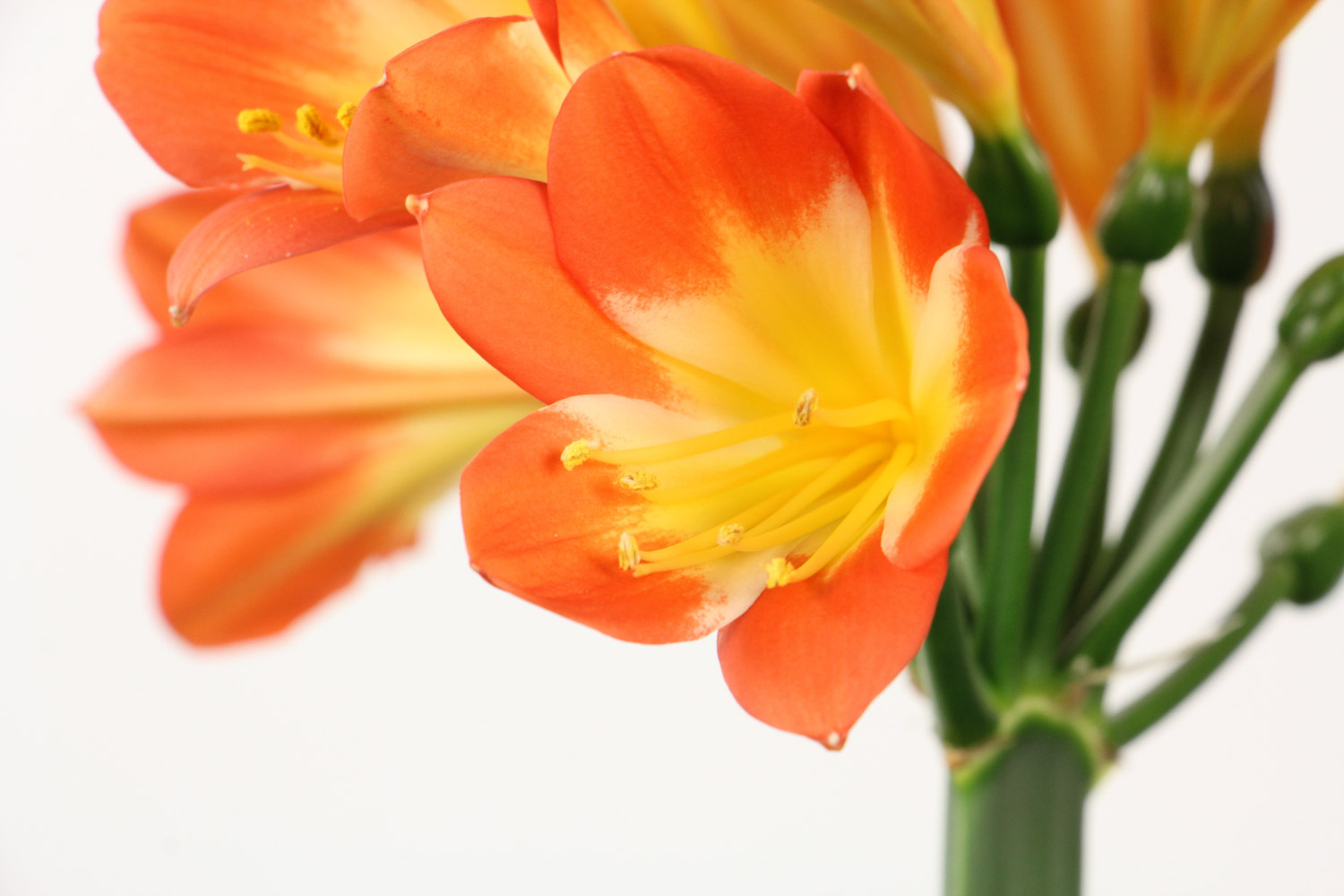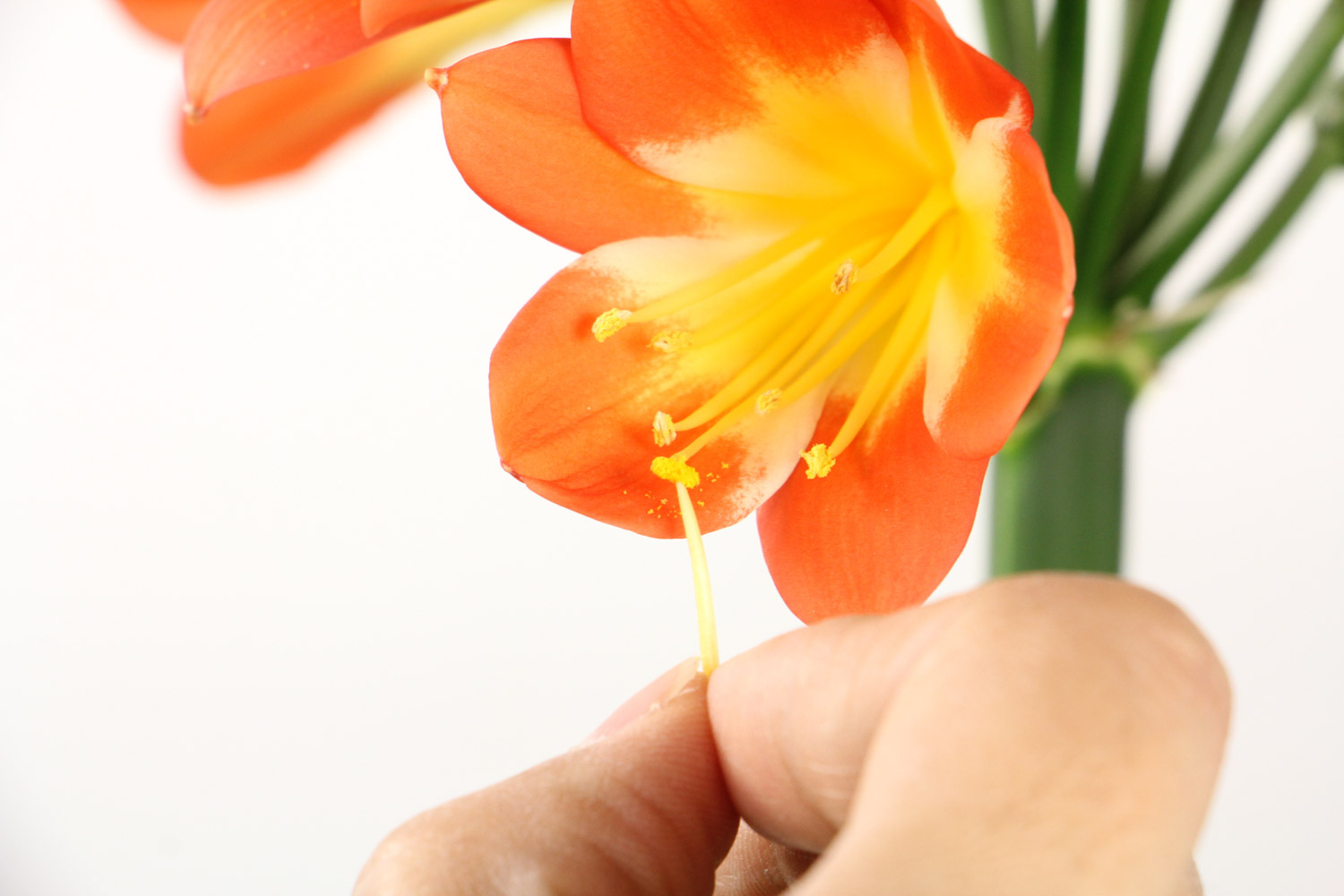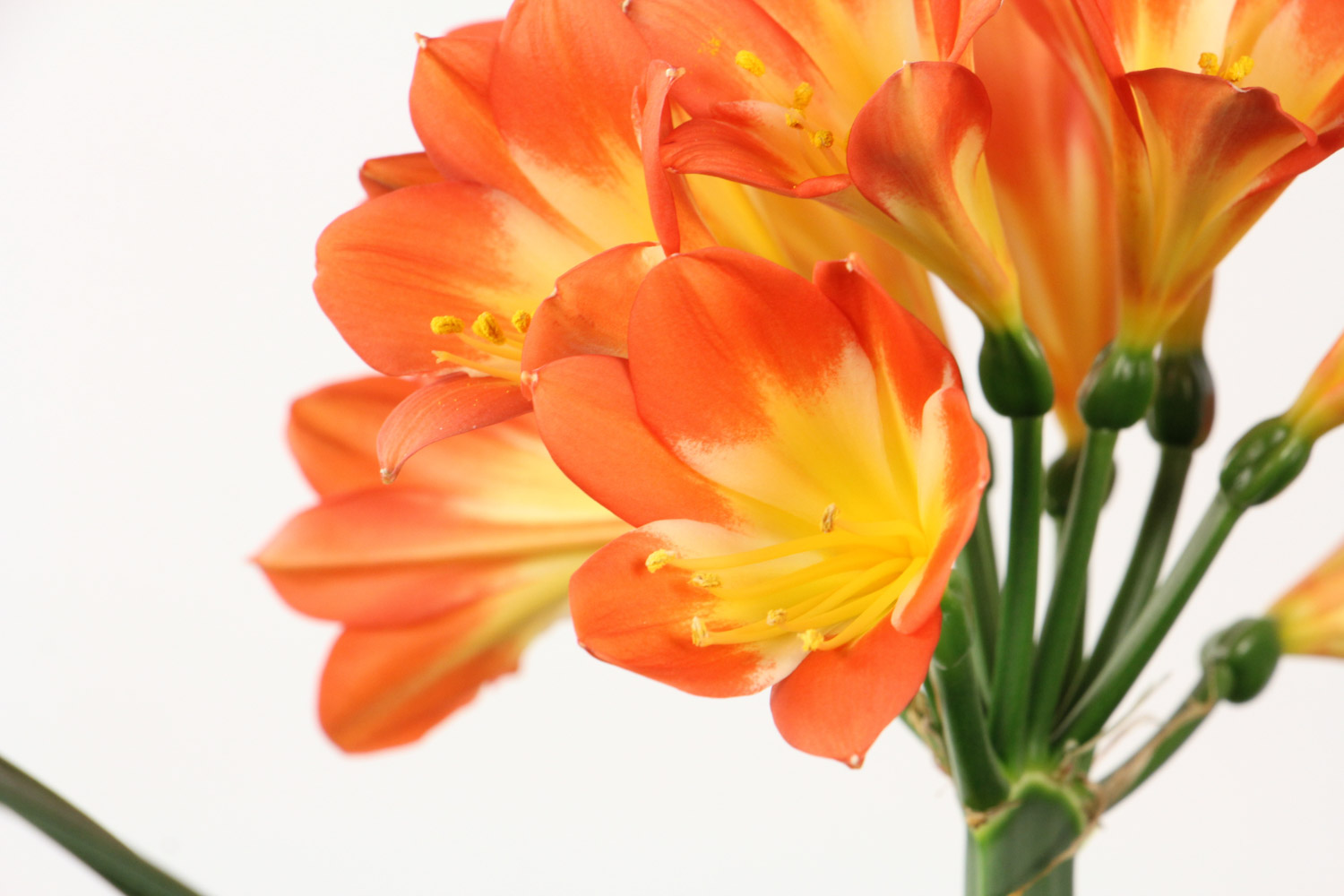1. What nutrient soil does Clivia use
Humus soil: the biggest characteristic of humus soil is that it contains very rich humus, which can provide sufficient nutrients for the growth of Clivia. It is a good matrix. The disadvantage is that the retting process is troublesome. It is necessary to collect fallen leaves, weeds and an appropriate amount of animal feces, mix them with the soil, and cover them with thin mud after compaction. Wait for half a year and turn it over again. It can be used when it is ripe the next year
Rotten leaf soil: like humus soil, it contains very sufficient nutrients and strong permeability. This matrix has soft soil, strong drainage and air permeability, and is very suitable to be prepared as a nutrient soil of Clivia. Its acquisition method is simpler than humus soil, which can be obtained from the surface of the forest

Peat soil: peat soil itself is not soil, but its cultivation function is very good. It has good water retention, fertilizer retention and air permeability, which is suitable for the growth of Clivia. In addition, it is also rich in humic acid, which can promote the healing of plant wounds and is very helpful for the recovery of plants after pruning their roots
Furnace ash: it refers to the residual slag after coal combustion. It has loose texture and good drainage and ventilation. And it contains some trace elements, which can promote the growth of plant roots. In addition, because the substrate is processed at high temperature, there is no need to worry about bacteria
River sand: this substrate has good drainage, can also inhibit the breeding of molds to a certain extent, and reduce the probability of plants getting sick due to bacteria or fungi

2. How to prepare
The nutrient soil can be prepared by mixing rotten leaf soil and river sand in the ratio of 2:1. This preparation method can not only ensure that the culture soil has certain nutrients, but also has better drainage capacity. It can also be prepared with rotten leaf soil, pine needles, river sand and base fertilizer in the ratio of 5:3:1:1. The quality of nutrient soil prepared in this way will be better


 jackfruit
jackfruit snake plant
snake plant hibiscus
hibiscus hydrangea
hydrangea lavender
lavender Green roses climb al...
Green roses climb al... If you don't pay att...
If you don't pay att... Management of four g...
Management of four g...

































